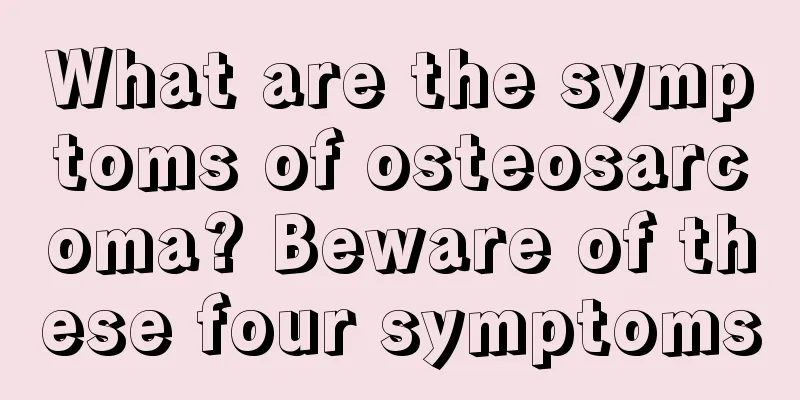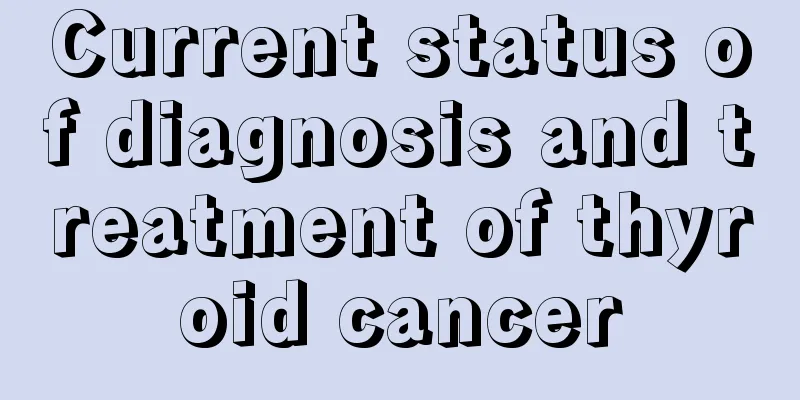What are the dangers of not treating hamartoma

|
The early symptoms of hamartoma are not obvious, and many people do not take it seriously. Besides, hospitals are not places that people are willing to go to. If diagnosis and treatment cost money, people will think that it does not matter if there is no discomfort, so why bother to see a doctor. In fact, this is not the case. Today, let's take a look at the harm of not treating hamartoma. Renal hamartoma is a benign tumor of the renal parenchyma, which can occur in both the cortex and medulla. Pathological examination shows that the tumor varies in size and can grow outside the kidney or the collecting system. It has no complete capsule, but has clear boundaries. The cut surface is grayish white, grayish yellow or mixed yellow, and some bleeding foci can be seen. Microscopically, the tumor is composed of mature adipose tissue, blood vessels and smooth muscle in different proportions, and may also be mixed with fibrous tissue. It is generally believed that the main pathological basis of tumor bleeding is that the tumor contains abundant vascular tissue, and the wall thickness of these blood vessels varies and lacks elasticity. The blood vessels are tortuous and can become aneurysmal, and can rupture by slight external force. Some relatively large hamartomas cause digestive discomfort symptoms due to compression of organs such as the duodenum and stomach. When a large hamartoma suddenly ruptures, the patient will experience symptoms such as waist and abdominal pain and hematuria. Patients with severe hemorrhage can touch the mass in the abdomen, and even have shock symptoms. Extrarenal manifestations: butterfly-shaped facial sebaceous adenoma, epilepsy, mental retardation, etc. In addition, there may be two other influencing factors: First, the maturity of various tissues in hamartoma varies. Some contain actively growing smooth muscle and fibrous tissue, which leads to rapid growth of the tumor and increased blood supply. Some people believe that these cells have the characteristics of myoblasts and fibroblasts, have potentially invasive behavior, and may even become malignant. Second, the rapidly growing tumor compresses the adjacent normal renal tissue while increasing in size and weight, causing atrophy of the normal renal tissue or even focal ischemic necrosis, so that a slight external force can cause the interface between the tumor and the kidney to break and bleed. Renal hamartoma is a benign lesion, but if it is not treated, the increase in size will cause loss of renal function or renal dysfunction. It is recommended to undergo surgical treatment as soon as possible. Pulmonary hamartomas present with symptoms such as cough, expectoration, hemoptysis, shortness of breath, chest pain, and fever. Symptoms of hamartomas in the main bronchi, lobar bronchi, and especially those in the carina appear early, often accompanied by wheezing, and even cause severe dyspnea and cyanosis, which are misdiagnosed as asthma. Tumors located in the lobes or main bronchi cause stenosis and partial obstruction of the lumen, causing secondary infection. Most patients seek medical treatment for acute or chronic pulmonary suppuration. There are very few reports on complications of pulmonary hamartomas. For patients who need surgery, the occurrence of intraoperative and postoperative complications can be well prevented by carefully choosing the surgical method, preserving normal lung tissue as much as possible, and preventing excessive resection. However, if the tumor is large, it will cause compression symptoms on the heart, large blood vessels, and lung tissue, causing chest deformity, and may also cause complications such as pneumonia, atelectasis, and bronchiectasis, which will aggravate or complicate the condition. Nevus hamartomatosis is a group of congenital genetic diseases. The prognosis of different nevus hamartomatosis varies. The skin lesions of pigment incontinence may gradually decrease, and the pigment may fade, but the accompanying alopecia and lesions of the teeth, eyes and central nervous system often do not improve with the improvement of the skin; symptomatic epilepsy can be controlled and reduced by antiepileptic drugs. The surgical effect of type II neurofibroma is poor and it is easy to relapse. Facial nerve paralysis and hearing loss may also occur after surgery. Benign tumors such as hamartomas may still cause serious harm. The most common harm is tumor rupture and massive bleeding. Once this happens, most patients may be forced to have their kidneys removed, and in severe cases, it may even endanger the patient's life. |
<<: Is hamartoma harmful to the human body?
>>: What are the dangers of hamartoma
Recommend
The best solution to domestic violence
One of the hotly debated issues at present is dom...
What causes colon pain?
If you have colon pain, you should be alert to wh...
What are the traditional Chinese medicines that can whiten your skin?
In fact, in addition to the use of some whitening...
What are the exercises for treating frozen shoulder?
Shoulders are the part that bears heavy loads. Pe...
How much does ovarian tumor cost
The ovary is a female reproductive organ, where e...
Oily floating matter in stool
Normal people usually defecate once a day, and th...
What is supraventricular tachycardia
The incidence of supraventricular tachycardia is ...
Will testicular cancer kill you in the late stages?
Due to the continuous improvement of living stand...
Tongue numbness after nasopharyngeal cancer treatment
Tongue numbness after nasopharyngeal cancer treat...
What is chronic vulvar dystrophy
Many middle-aged women often experience severe it...
What are the symptoms of brain glioma
Everyone knows that the structure of the brain is...
What to do with mouth corner ulcers and how to treat them
Many of our friends may be disgusted with ulcers ...
What are the five cardiac functions?
In daily life, we always emphasize the need to ch...
The best way to conceive with a retroverted uterus
Retroverted uterus is a common position of the ut...
Can swimming lower blood sugar?
Swimming is a common sport, and many people like ...









